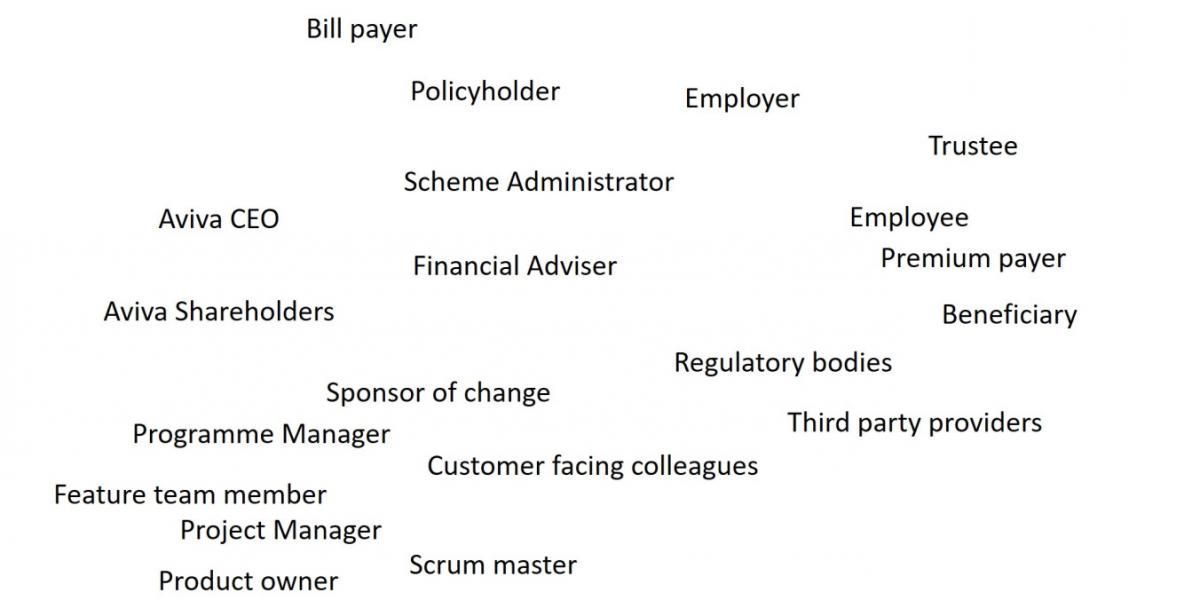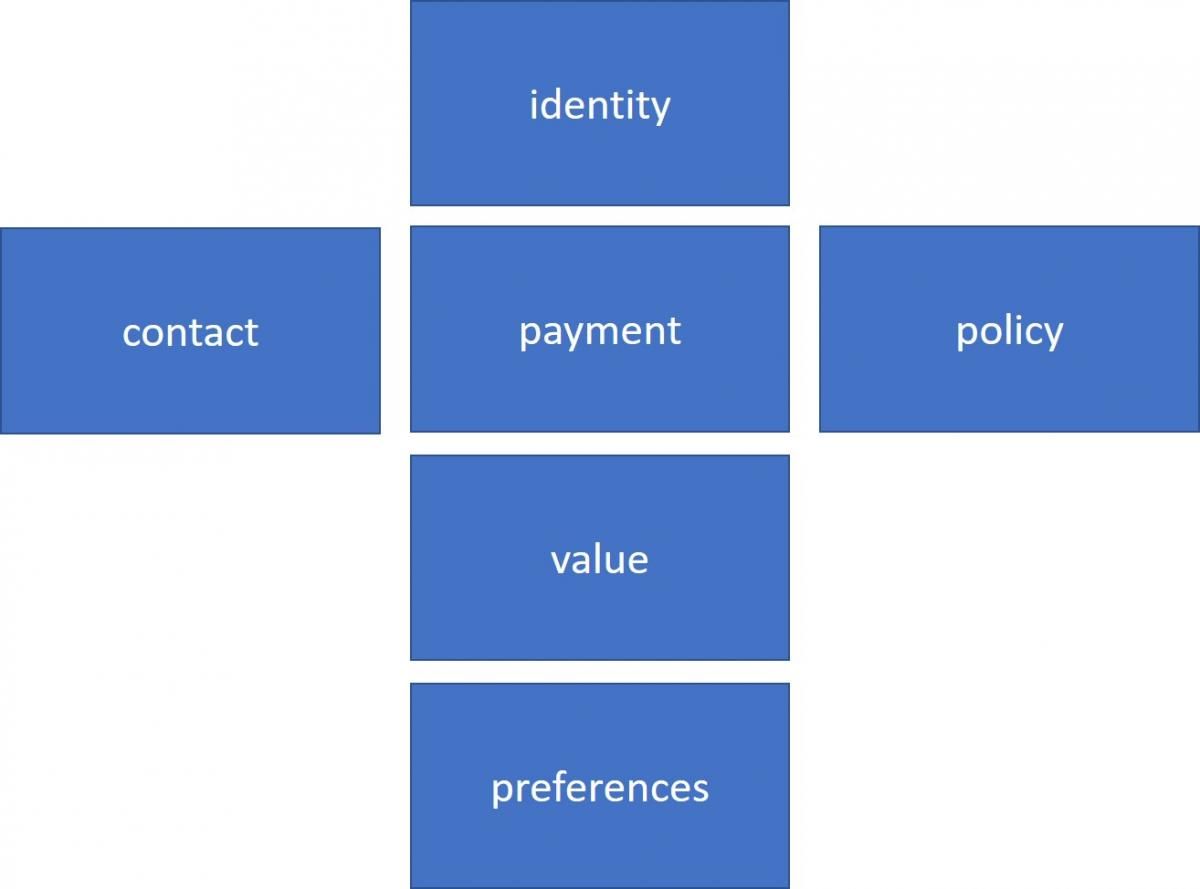My esteemed colleague Adrian Reed put a fascinating post on his blog this week regarding thinking beyond customer journey maps which was a great read for two reasons; first, it was a good provocation for anyone doing journey mapping (I particularly liked the concept of ‘service’ journeys and secondly because I was running a mentoring group that very afternoon and had not got anything to hand. Once I’d read Adrian’s article I knew I had a topic! Don’t get me wrong Dear Reader, I fully credited Adrian as the inspiration and did not plagiarise his work. I simply ‘riffed on it’. Now those of you who have ever been lucky/unfortunate to be standing anywhere near Adrian and myself at a conference will know that quite often we will riff or jam on a topic that we have recently encountered and this often translates into a presentation or article. So I riffed on the topic of who is the ‘end customer‘ of a change initiative? The picture I came up with looked something like this.

As you can see there are numerous people who could be considered to be the customer and it is the job of the Business Analyst to figure out which order they are in, identify when that order changes and what value is assigned to all of them! This can be a very fluid and dynamic perspective as whilst you may be delivering a change that is valuable to a customer who is a policy holder or recipient of a service is must also demonstrate value for other highly influential parties such as your company CEO and shareholders, if you have them! All of these customers have influence that can pull you in different directions, much like the tidal pull of the moon. In fact sometimes the conflicting pulls can make you feel like Io, the moon of Jupiter that is so stretched by it’s parent planet and sibling satellites that it is the most volcanic body in the Solar System! But it is an important perspective to have, even though it may be quite high-maintenance, as all these potential customers will have an invisible influence on your requirements.
I also threw together a provocation about what a customer is made of. I was wondering if the constituents of a customer could be broken down into ‘domains’ much like that of a data model and I proposed a theoretical model that looked like this.

The different categories can be described as follows:
Identity – each customer must have some identifying features such as a name etc
Contact – each customer may have a history of interactions with a provider
Payment – each customer may have methods of making payment to a provider
Policy – (possibly better named as relationship or arrangement) – each customer must have some sort or service relationship with a provider
Value– each customer may have some measurement of value associated with an arrangement with a provider (Such as an insurance amount or investment total). This could also include an indication of the value of the customer to the provider…
Preferences – what does the customer prefer? I took this to include prosaic things such as the desired method of communication, data privacy etc but it could also include data for recommendation lists etc.
The point of all this was to provoke debate about the very essence of that which defines a customer and also to see if it provoked any insights about requirements development and perspectives. One addition suggested during the debate was that of affiliations i.e. does the customer feel attached to a particular cultural demographic in a way which would change their requirements? The recent surge in green perspectives being a current example.
We discussed this theoretical model within the group and generally agreed that it could add value in modelling the complexity of the important world of the customer. As I’ve often said, it’s not so much the techniques you employ, it’s equally about the way you think!


